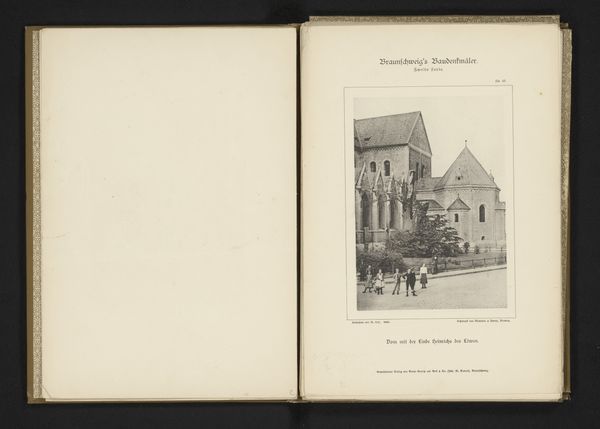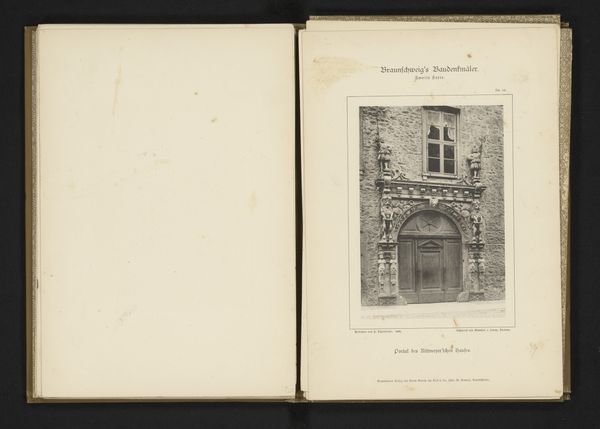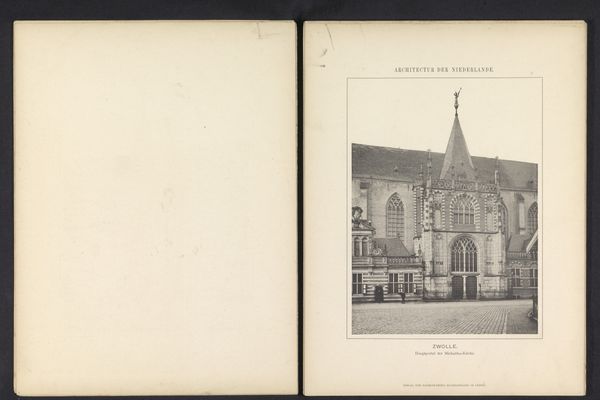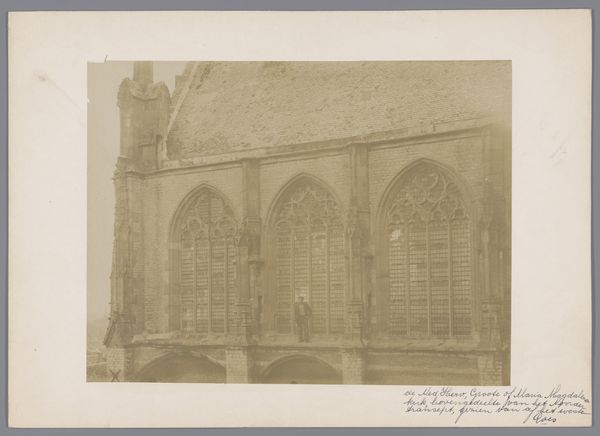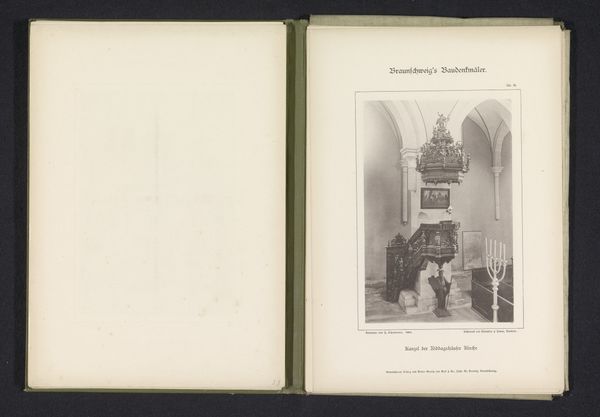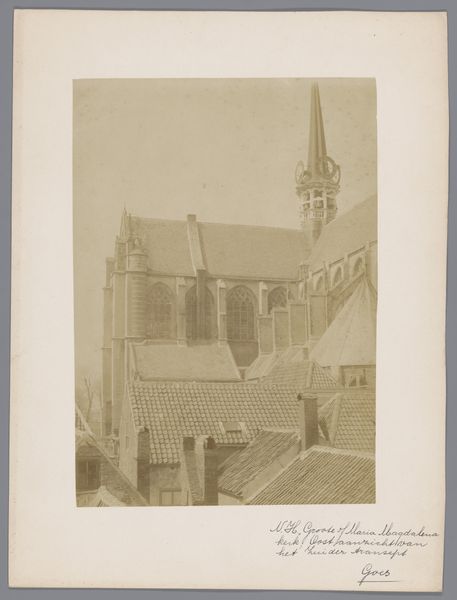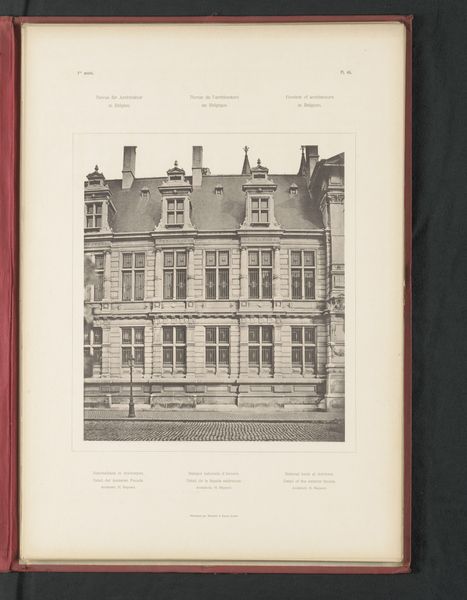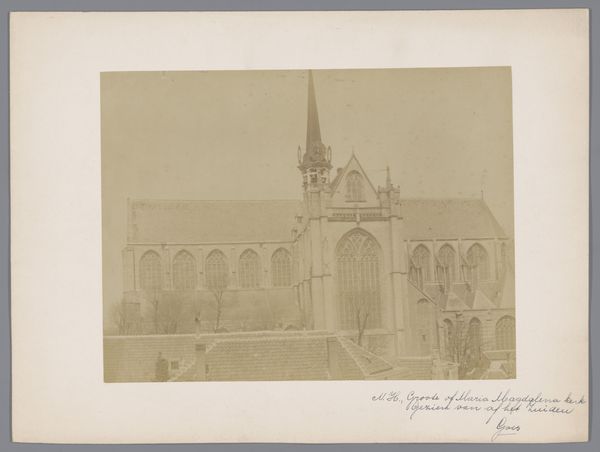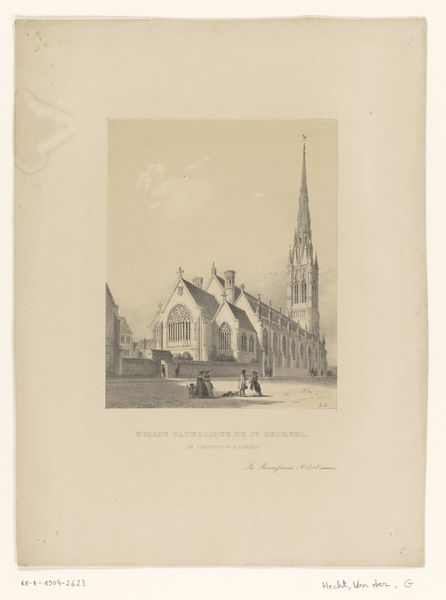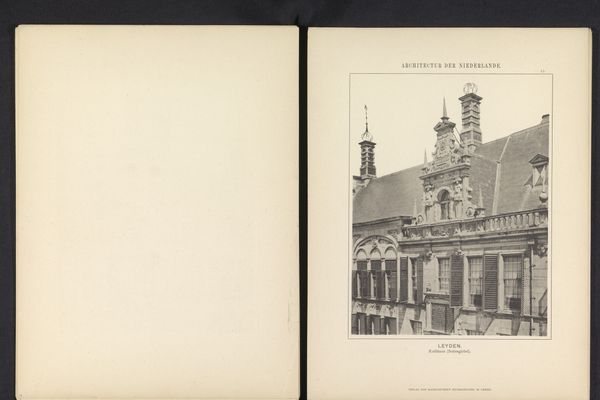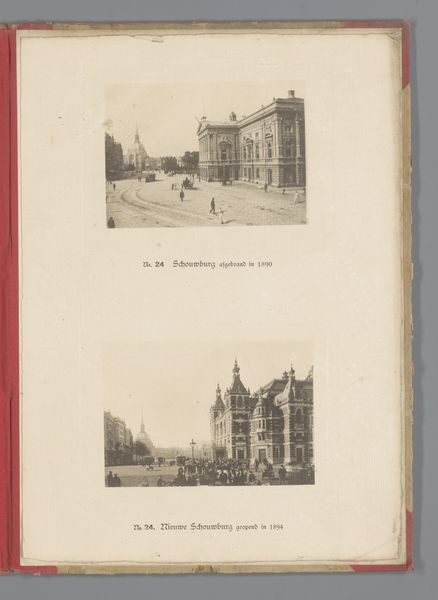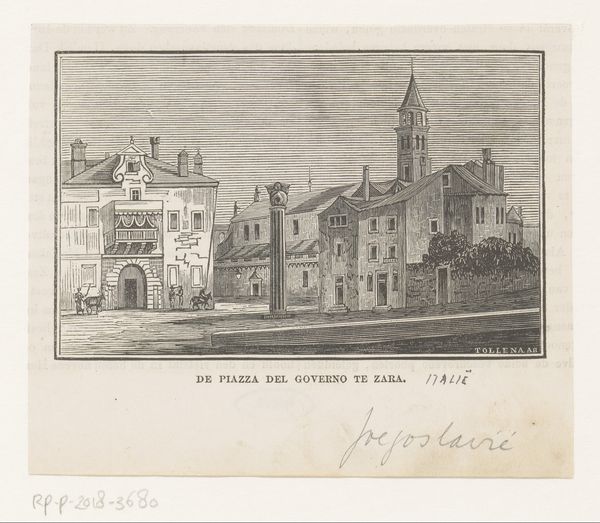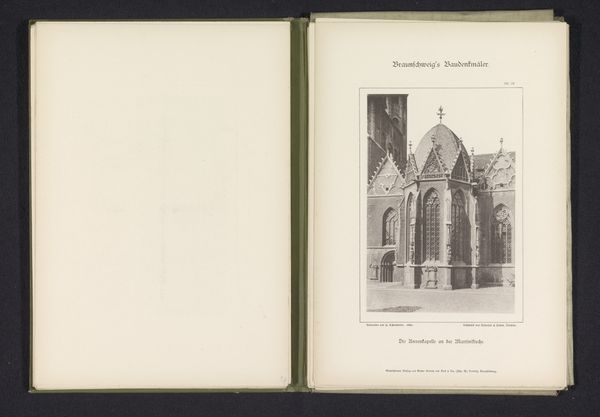
drawing, ink, pen
#
drawing
#
hand-lettering
#
hand drawn type
#
hand lettering
#
personal sketchbook
#
ink
#
hand-drawn typeface
#
pen-ink sketch
#
pen work
#
sketchbook drawing
#
pen
#
storyboard and sketchbook work
#
sketchbook art
#
calligraphy
Copyright: Rijks Museum: Open Domain
Editor: This postcard, "Briefkaart aan Pieter Haverkorn van Rijsewijk," is possibly from 1896 and made by Henri-Gabriel Ibels with pen and ink. It’s at the Rijksmuseum. The hand-lettering is striking; there's a definite formality to the address, yet it feels intimate as it is a simple drawing. What story do you think this piece tells us? Curator: It's a fascinating glimpse into the artistic networks of the late 19th century. Postcards like this were more than just simple messages; they were a vital tool for artists to communicate ideas, build relationships, and even disseminate their work on a small scale. Notice how the postal markings become part of the composition. It speaks to the cultural and institutional systems that allowed art to circulate. How do you see the act of sending art through postal service shaping the public perception of the art? Editor: That’s a great point! The post office as a gallery of sorts...I hadn't considered the performative aspect of the simple card. It definitely takes on an important social and accessible role as a tool for communicating not only art itself, but an individual's status. Curator: Exactly. And consider the recipient, Pieter Haverkorn van Rijsewijk. Who was he? Was he another artist, a patron, or someone else entirely? Knowing his role would further illuminate the social dynamics at play. Did his potential socio-economic class influence his access to the fine arts or influence the tone and intent of the artist’s brief message? Editor: I hadn't thought about what was *between* the lines on a simple postcard but focusing on that subtext as an indicator of society itself has brought the postcard to life. Curator: Absolutely. It’s a reminder that art always exists within a social and historical context, shaping and being shaped by the world around it. Analyzing artworks like this always gives insights on the art world back then.
Comments
No comments
Be the first to comment and join the conversation on the ultimate creative platform.
